How To Find Hidden Cameras Using There Tv?
Finding hidden cameras is a serious concern for privacy and security. With the prevalence of handi-cams and small, inconspicuous surveillance devices, it becomes increasingly vital to ensure our private spaces remain just that – private. Among the various methods people employ to find hidden cameras, using their TV stands out as an interesting yet practical approach. In this article, we will delve into methods involving television sets to discover hidden cameras, assess their feasibility, and provide step-by-step guidance to safeguard your privacy.
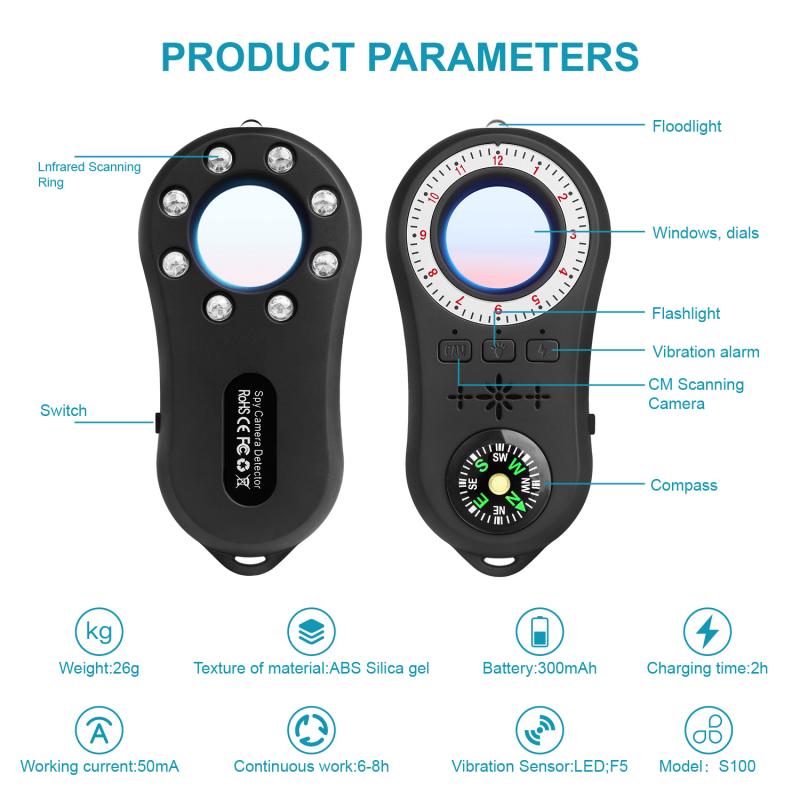
Understanding Hidden Cameras and Their Functionality
Before diving into the techniques, it's essential to understand how hidden cameras work. Typically, hidden cameras can transmit video footage via Wi-Fi, Bluetooth, or directly via cables. Some may have an internal storage, while others stream live footage. Identifying hidden cameras revolves around recognizing these functionalities.
Using Your TV to Find Hidden Cameras
One unique method involves leveraging your TV to detect hidden cameras. Here are the primary techniques:
1. Checking for Wi-Fi Signals through Smart TVs
Smart TVs connected to your home Wi-Fi network can be used to scan for other devices using the same network. Here’s how:
1. Accessing Network Settings:
- Navigate to the network settings menu on your TV.
- Look for a list of devices connected to the same network.
2. Identifying Unknown Devices:
- Analyze the list of connected devices. Any unknown or suspicious device could be a hidden camera.
- Note the MAC addresses and IP addresses and cross-check them with your known devices. Any discrepancies might warrant further investigation.
3. Using Network Scanning Apps:
- Some Smart TVs support network scanning applications. Use these to get detailed insights into the devices connected to your network.
This method, however, relies on the hidden camera being Wi-Fi enabled and connected to your network. Cameras that are entirely self-contained or use alternative transmission methods won’t be detected.
2. Utilizing Visual Feedback
Some hidden cameras emit infrared light which is invisible to the naked eye but can be detected by cameras. Here’s how you can use your TV’s camera (if equipped, otherwise this can be supplemented with a smartphone camera):
1. Turn Off the Lights:
- Ensure the room is dark to enhance the visibility of any IR lights.
2. Use the TV Camera:
- Activate your TV’s camera if it has one, and observe the room through the display. Many in-built cameras can pick up IR light.
- Move the camera around the room systematically, focusing more on suspicious spots.
3. Check for Unusual Lights:
- Any visible small, steady or blinking light in the display can indicate the presence of a hidden camera.
If your TV doesn’t have a camera, a smartphone camera can be used as a reliable alternative for IR light detection.
Supplementary Techniques
While using a TV for hidden camera detection offers some innovative approaches, these methods require various supplemental techniques to ensure comprehensiveness:
1. Physical Inspection
- Scan Common Hiding Places:
- Conduct a meticulous inspection of common hiding places like smoke detectors, air purifiers, light bulbs, outlets, and other electronic devices.
- Check for Tiny Holes:
- Look for any unnatural tiny holes that could potentially house camera lenses.
2. Radio Frequency (RF) Detectors
- Using an RF Detector:
- These devices can scan for radio frequencies used by wireless cameras. Move the detector around the room and pay attention to any spikes indicating active transmission.
3. Professional Inspection Services
If you have serious concerns, hiring professional services specializing in hidden camera detection could be a prudent choice. They use advanced tools and methods to ensure your space is camera-free.
Ensuring Continuous Safety
Finding a hidden camera is just part of the solution. Here are preventive measures to integrate into your daily routine:
1. Regular Network Scanning
- Conduct Routine Checks:
- Regularly scan your home network for unknown devices, ensuring no new suspicious devices have connected.
2. Keep Software Updated
- Update Your Devices:
- Always keep the firmware of your Smart TV and other network devices updated to patch any potential vulnerabilities malware might exploit.
3. Secure Your Network
- Change Default Passwords:
- Ensure all your network devices, including routers, have strong, unique passwords.
- Enable Network Security:
- Use WPA3 or WPA2 security protocols for your Wi-Fi network to prevent unauthorized access.
Practical Scenarios and Examples
1. Hotel Rooms
A frequent use case is checking hotel rooms for hidden cameras. Using the methods described, you can:
- Perform a quick network scan if you have a Smart TV in your room.
- Use your phone camera to check for unusual IR lights in the dark.
2. Rental Properties
When moving into a new rental property, especially short-term rentals, an initial sweep using these techniques can ensure your privacy is maintained.
In today’s tech-savvy world, the threat of hidden cameras is real and ever-present. Leveraging technology, such as your TV, provides a novel and effective means to detect hidden cameras. By understanding the involved techniques and incorporating them with regular habits and supplemental tools, you can maintain a secure, camera-free environment. The amalgamation of these methods provides a comprehensive approach to ensuring privacy, giving you peace of mind in any living or working space. Always stay vigilant, informed, and proactive in protecting your personal space from unauthorized surveillance.



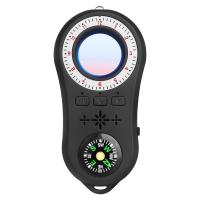
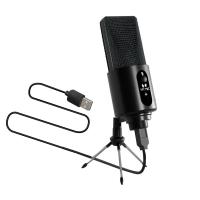



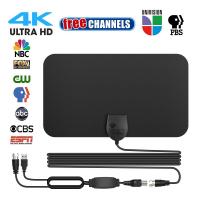

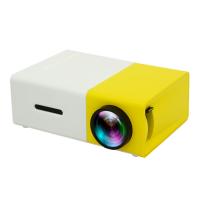
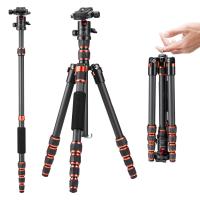

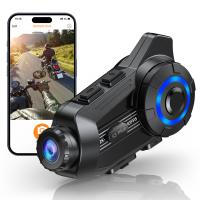



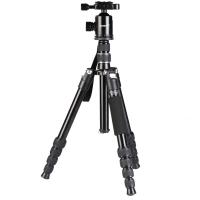
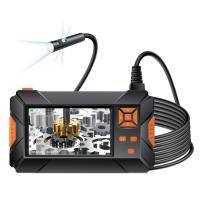


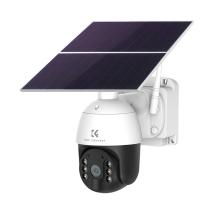












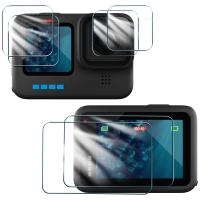


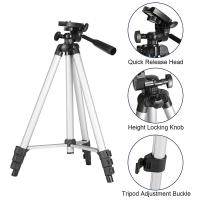
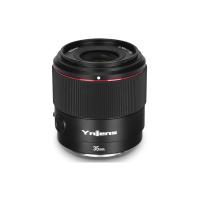

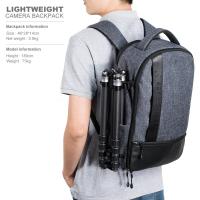
There are no comments for this blog.